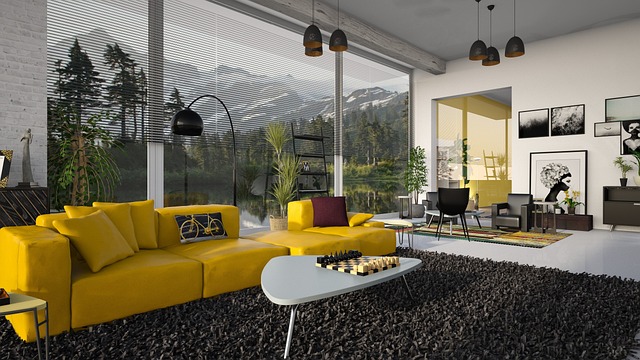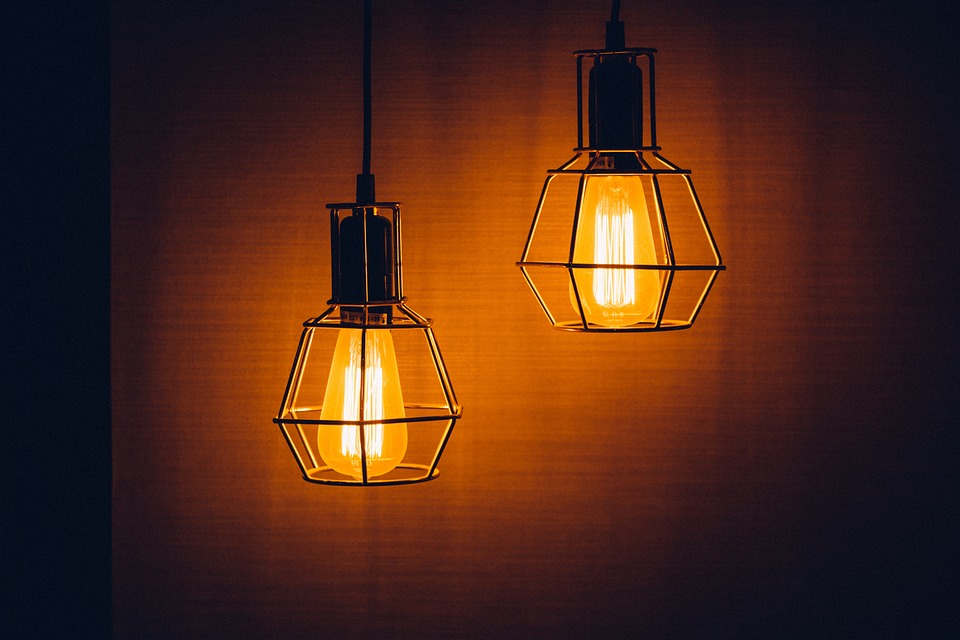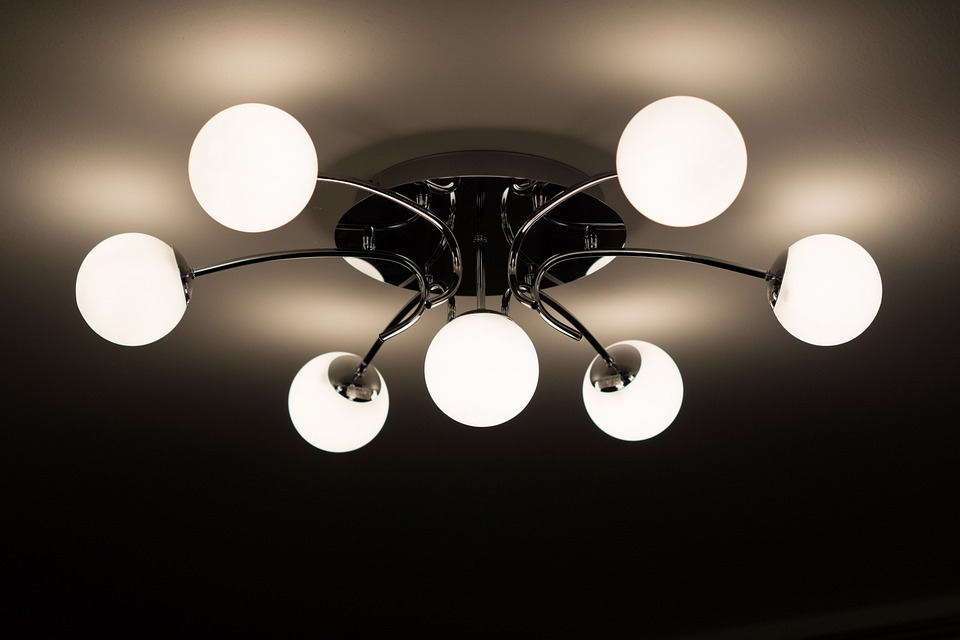Lighting is an essential component in residential design. The right kind of lighting in a space can brighten up the area, enhance its ambiance and even make it seem larger. Poor lighting, on the other hand, can be uninviting and create shadows that make a room look cramped and unappealing.
When it comes to residential lighting design, there are several factors that need to be kept in mind to achieve the perfect balance of style and functionality. In this article, we’ll discuss some key considerations in lighting design that will help you to create a welcoming and comfortable environment in your home.
The first thing to consider when planning residential lighting design is the purpose of each room. Different activities require different types of lighting. For example, in a kitchen, where you may be doing a lot of food preparation, you will need bright task lighting over the counters and stove. In contrast, in a bedroom, you may want softer, dimmable lighting that creates a relaxing atmosphere.
Another factor to keep in mind is the color temperature of the lights. The color temperature will affect the mood and atmosphere of a room. For instance, warm yellow or orange light creates a cozy, intimate atmosphere, whereas cool white or blue light can feel clinical and impersonal.
Natural light is also a key factor in residential lighting design. Large windows and skylights can brighten up a room and reduce the need for artificial light during daylight hours. When designing your lighting, consider the orientation of each room and the amount of natural light it receives throughout the day.
In addition to purpose, color temperature, and natural light, it’s important to consider the placement of light fixtures. The fixtures should be arranged in a way that creates a balanced and visually appealing look. Task lighting, such as under-cabinet lighting, should be placed so that it illuminates the work surface without casting shadows or glare.
An often-overlooked aspect of residential lighting design is the use of accent lighting. Accent lighting can be used to highlight artwork, architecture, or other features in a room. This type of lighting can create a sense of drama or intrigue in a space and add to the overall atmosphere.
Finally, consider the energy efficiency of your lighting choices. LED lights are an excellent choice for residential lighting design because they consume less energy and have a longer lifespan than traditional incandescent bulbs. They are also available in a range of colors and are highly adaptable to different lighting needs.
When all these factors are taken into account, you will have a well-lit room that is both versatile and inviting. Remember to experiment with different types of lighting until you find the perfect balance that suits your personal style and needs.
Residential lighting design is a crucial aspect of any home’s interior design. Whether you are renovating or building a new home, make sure to put some thought into your lighting choices. Consider the purpose of each room, the color temperature of the lights, natural light sources, fixture placement, accent lighting, and energy efficiency. By keeping these factors in mind, you will be on your way to creating a beautiful and functional lighting design that will enhance your home’s overall ambiance.






